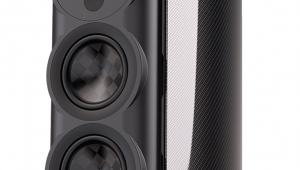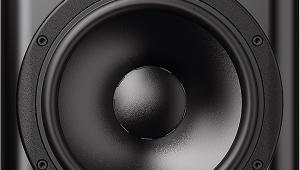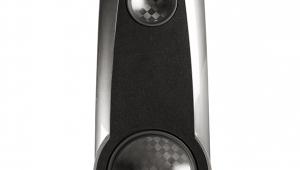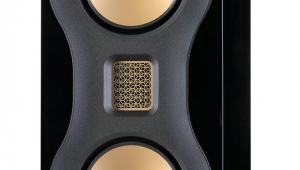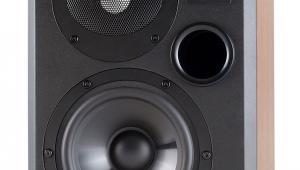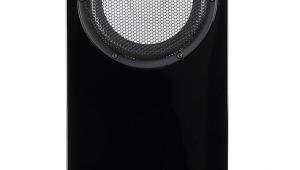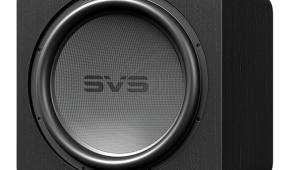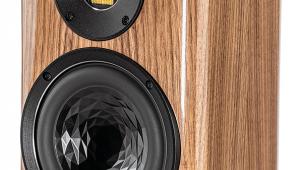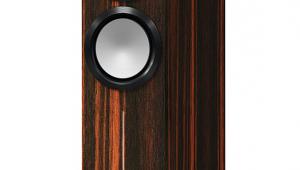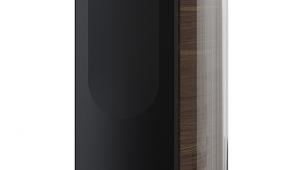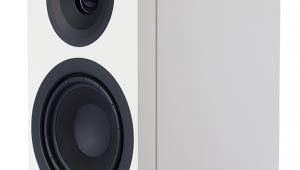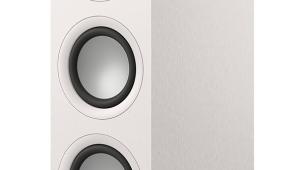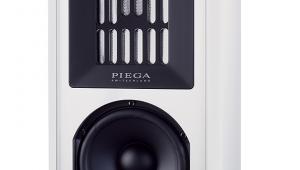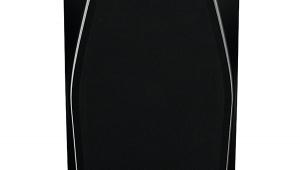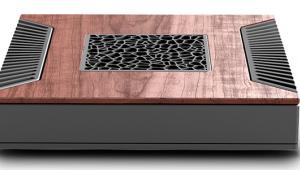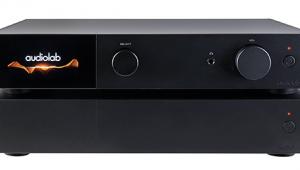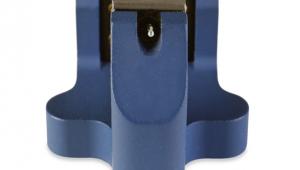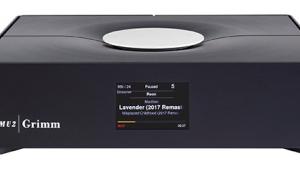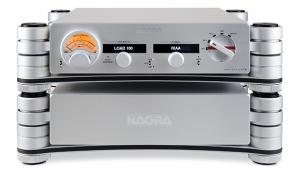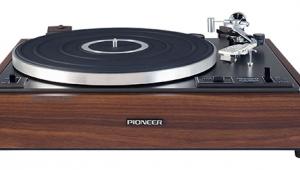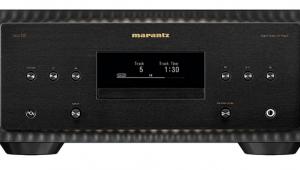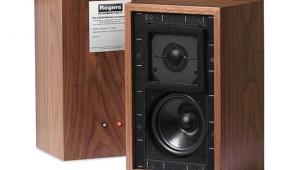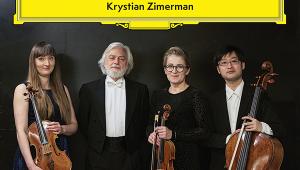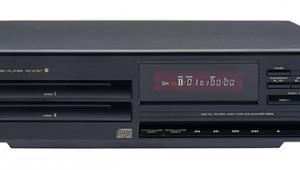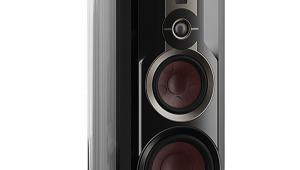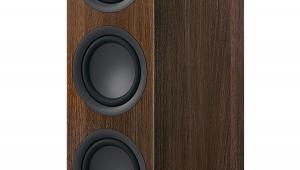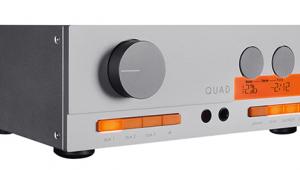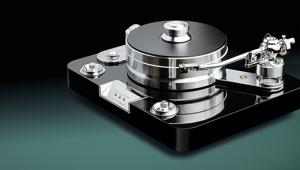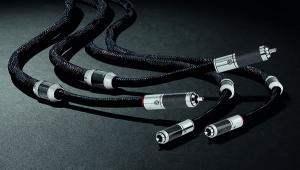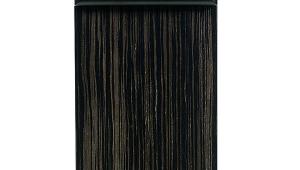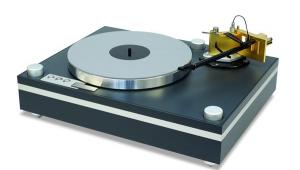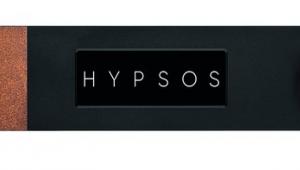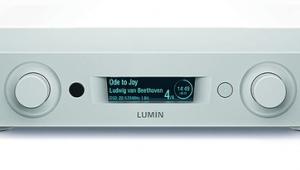T+A Solitaire S 530 floorstanding loudspeaker

 ‘Theory and Application’ (T+A) is well-known for hi-fi separates ranging from its CALA and Caruso ‘lifestyle’ models to the DACs, amps and ‘multisource’ receivers of its premium R and HV series, all featured regularly in Hi-Fi News. Less well-known are its loudspeakers, despite T+A starting out in 1978 as a speaker manufacturer. Hoping to refresh our memory and provide scope for a full high-end T+A system, is a new three-strong Solitaire S range, of which the S 530 is the middle model.
‘Theory and Application’ (T+A) is well-known for hi-fi separates ranging from its CALA and Caruso ‘lifestyle’ models to the DACs, amps and ‘multisource’ receivers of its premium R and HV series, all featured regularly in Hi-Fi News. Less well-known are its loudspeakers, despite T+A starting out in 1978 as a speaker manufacturer. Hoping to refresh our memory and provide scope for a full high-end T+A system, is a new three-strong Solitaire S range, of which the S 530 is the middle model.
The Solitaire name has been used by the company since the active, electrostatic Solitaire OEC speaker of the 1980s, although we’re probably more familiar with the name courtesy of T+A’s recent Solitaire P [HFN Jun ’20] and Solitaire T headphones. The Solitaire P saw the manufacturer develop its first planar-magnetic (aka ‘magnetostatic’) transducer, the technology leveraged here for the S 530’s Mag850 high-frequency driver.
The S 530 follows earlier Solitaire models [HFN Jan ’14] with its line source/line array driver layout, designed to launch a cylindrical wavefront into the room (hence T+A’s CWT, or Cylinder Wave Technology). The speaker sells for £32,500 in a choice of three high-gloss finishes – Black, Macassar and Arctic Silver – and below it sits the S 430, a more conventional five-driver floorstander at £23,500. Above is the £42,000 S 540, T+A’s flagship floorstander boasting a larger cabinet and quad bass units.
Stars ’n’ stripes
The S 530’s eye-catching, 85cm-tall planar-magnetic tweeter is made in-house, for which T+A claims a uniform behaviour, its Kapton membrane bathed in the field of 64 specifically shaped and positioned magnets. Next to this, either left or right as the speakers are supplied in handed pairs (the recommendation is to position them with the tweeters on the outside) are seven racetrack-style (90x60mm) ‘StarStabilizer’ midrange drivers. The shape of these, says T+A, both limits vertical dispersion and allows them to be placed close together, ensuring ‘a flat sound wave whose greatest power is directed forward into the listening area’.
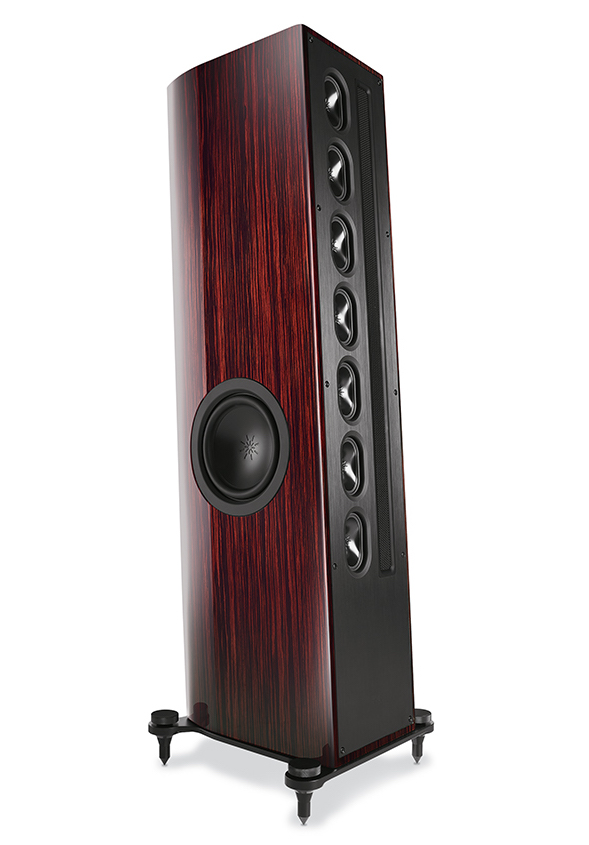
Above: Two force-cancelling, long-throw 220mm ‘StarStabiliser’ bass units are mounted in opposition either side of the cabinet. Working up to 180Hz, they are reflex-loaded by a wide downward-firing port (hence the long spikes)
The star-like pattern at their centre is said to stiffen the aluminium diaphragm, reducing resonances, and it appears again on the S 530’s pair of 220mm bass drivers. These are mounted, on newly-designed high-excursion suspensions, on each side of the cabinet in a force-cancelling configuration. Low-frequency extension is rated by T+A down to 29Hz, assisted by a down-firing bass-reflex port – supplied with the S 530 are robust base plates, lockable castors and spikes to raise the cabinet a suitable distance above the floor.
Flip to fine-tune
The S 530’s castors come in handy during installation, as each cabinet weighs 60kg. They’re reasonably tall too, at 1.28m, and while the driver arrangement has facilitated a slender 26cm-wide profile, the cabinet tapers at its rear, softening the look of what is otherwise quite an austere aesthetic. Or, as T+A puts it, ‘the gently curved cabinet form creates a harmonious link between the technically sober Bauhaus-style front panel and a cabinet design inspired by Art Deco’.
When it comes to placement, the line source design means that the recommended listening distance begins at 3.5m [see PM’s boxout, p61]. T+A’s manual warns against close wall or corner placement, saying ‘free-standing’ is preferable, although on the rear of the speaker there are bass, mid and treble ‘room correction’ switches that deliver a 1.5dB boost or cut [see PM's Lab Report].
With that £32.5k price in mind, it’s worth stressing that T+A’s floorstanders are immaculately engineered, from the single-piece, artfully cut aluminium baffles to the solidity of their braced, HDF enclosures. The only niggle? The flexible wire ‘jumpers’ that connect the dual binding posts are thickly insulated, and it’s possible to snag them when tightening the plastic wing nuts.
![]() Blast off
Blast off
Listening from a distance of 4m in the HFN room, and the Constellation Pictor/Centaur II 500S system [HFN Dec ’19] and dCS Varèse stack [HFN Feb ’25] calling the shots, the stage was set for T+A’s line source model to give a good account of itself – after all, these are not speakers for a compact room nor meagre amplification. And, sure enough, the S 530s created huge room-filling sonics that oozed refinement and clarity. Particularly impressive was how the two speakers effectively disappeared, allowing the listener to become absorbed in a rock-solid soundstage packed with both detail and substance.
The twin 220mm bass drivers, and port tuning, bring an expectation that the Solitaire S 530s will deliver the low-end goods, and they impressed with the tom-tom blasts that punctuate the intro to AC/DC’s ‘Thunderstruck’ [The Razor’s Edge; EPC 510771 2], the resonance and decay on each hit giving this album opener its stadium rock feel. T+A’s speakers also slipped brilliantly into the groove of Michael Jackson’s ‘Burn This Disco Out’ [Off The Wall; Epic 96kHz/24-bit download], slamming into the funk-infused bass guitar and syncopated percussion.
This low-end is lean, speedy and nuanced, with the extension to uncover the sub-bass exploits of the hard-hitting track ‘Queen Mary’ by Francine Thirteen [self-released; 44.1kHz/16-bit], even if the speakers sounded a tad reserved here. That said, they handled the elaborate nature of the mix with aplomb, sending specific samples forward while others panned smoothly across the stage behind, and the vocal hung in the space between.
‘Like A Rolling Stone’, from Bob Dylan’s Highway 61 Revisited [Columbia 96kHz/24-bit download], has a mix typical of the era, with some instruments locked firmly in either channel, but T+A’s speakers easily built it up into a robust wall of sound. Dylan – plus blasts from his harmonica – claimed centre stage, while organ, piano and guitar weaved between the varied percussion. The S 530’s midrange ensemble seemed to be dovetailing perfectly with that 200cm2 tweeter, leaving no timbral detail behind.
Web of wonder
There was a similar flavour to their rendering of James Horner’s score for The Amazing Spider-Man [Sony Classical 88725438052], which finds the composer throwing electronic elements into his orchestral sandpit. The result, on ‘Main Title – Young Peter’, is scads of nuance and texture as brass and strings are pitched atop skittering synths, followed by choral chants and tinkling piano. These speakers delivered this complex piece with ease, while on the more dramatic ‘Saving New York’ they switched from near silence to sudden, piercing stabs (reminiscent of Bernard Herrmann’s work on Psycho) with excellent speed and impact.

Above: In addition to bi-amp/bi-wire compatible 4mm cable binding posts, the S 530’s rear plate carries rocker switches for ±1.5dB bass, midrange and treble response adjustments
The song ‘White Lies’ from Grin’s 1972 1+1 album [Sony Music download] is good-time music, and the S 530s obliged by smartly separating the acoustic guitar, backing vocals and rough-and-tumble drumming without stopping the effect of it all coming at the listener thick and fast. Equally enthralling, but richer and denser in tone, was Dire Straits’ ‘Walk Of Life’ [Money For Nothing 2022 remaster; UMC 192kHz/24-bit], which was crafted with a swagger and energy that seemed outsized compared to the speakers themselves.
Cut and thrustAnd what of the S 530’s bass/mid/treble adjustments? Having to walk back and forth from your 3.5m-plus listening position, to push buttons on both cabinets, isn’t exactly conducive to A/B comparisons, but still worthy of your time. Experimentation yielded notable differences, and it’s easy to imagine these settings being useful in certain spaces.
For example, T+A suggests cutting the mid and treble in a room with a lot of reflective surfaces. In our set-up, with the S 530s positioned well away from the boundary walls, I appreciated the low-end boost given to Gladys Knight & The Pips’ ‘Where Peaceful Waters Flow’ [Imagination…; Legacy Recordings] with the bass button in its +ve position. But even without it, this sumptuous recording sounded utterly intoxicating. If T+A wants more people to know it makes loudspeakers, the Solitaire S 530 is a fine calling card.
Hi-Fi News Verdict
Innovative engineering abounds in the Solitaire S 530 – something we’ve come to expect from T+A. The ‘Bauhaus-style’ won’t suit all, the price is premium, and these line-source floorstanders demand a big listening space. Yet they reward with a commensurately grand-sounding performance majoring on soundstage precision, transparency, detail and bass weight, while offering plenty of fine-tuning potential.
Sound Quality: 85%

